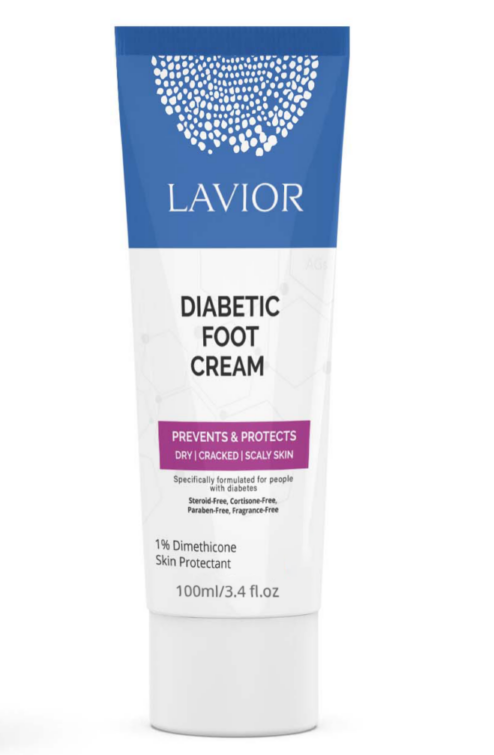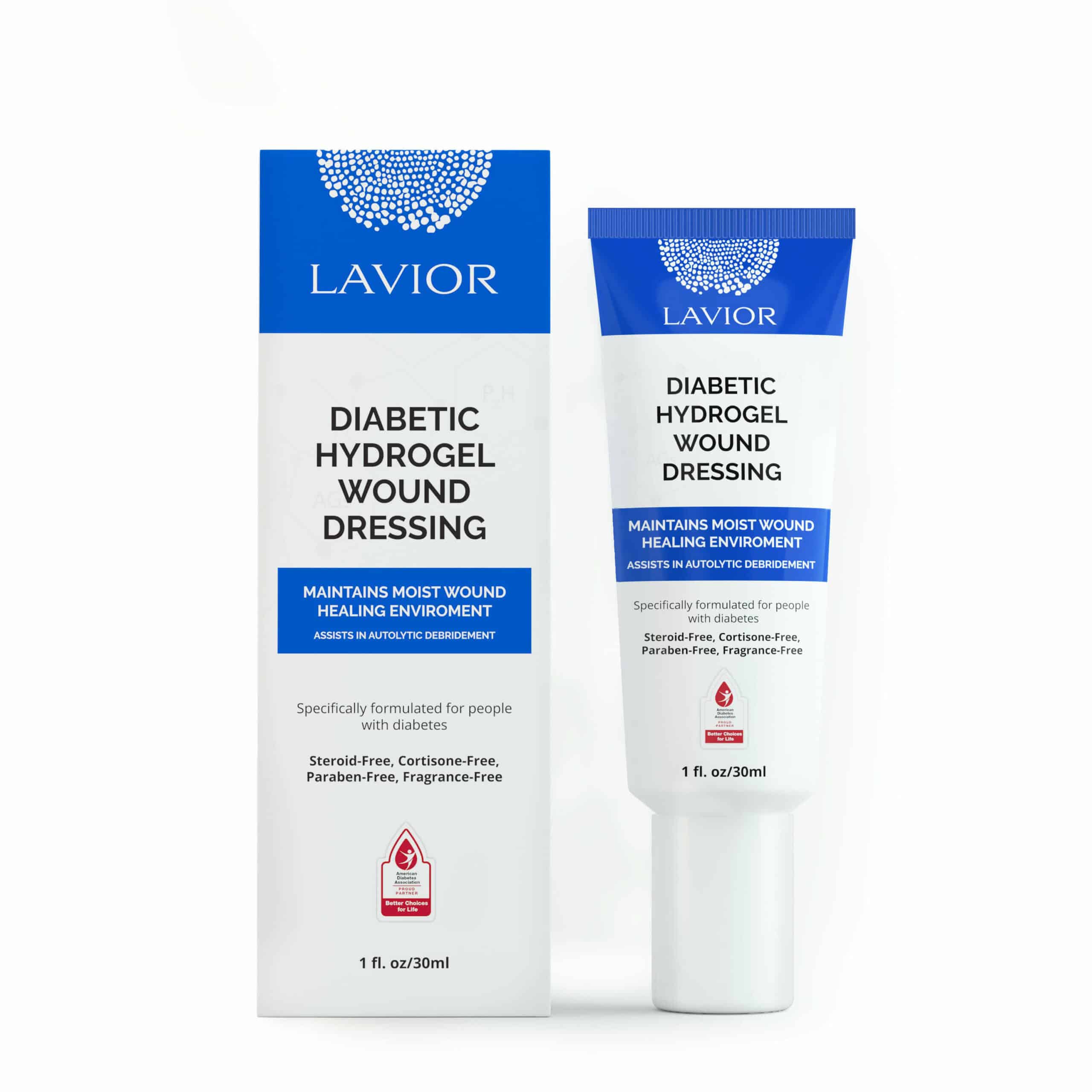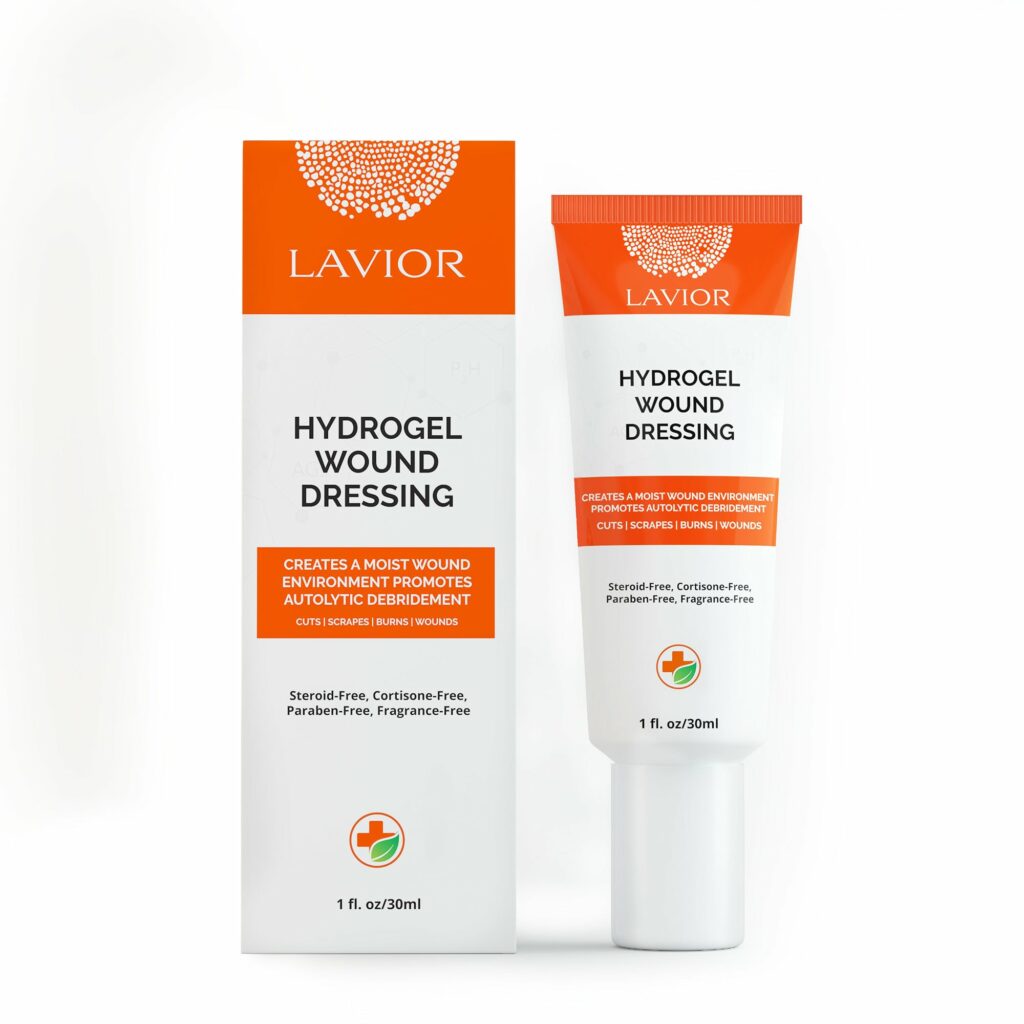Diabetes is a heterogeneous chronic metabolic disorder that is characterized by elevated blood sugar levels, along with metabolic disturbances of all fuel providing compounds. All this happens either due to insulin resistance or deficit. Disturbances of fat and protein metabolism in diabetes are as frequent as disturbances of glucose metabolism.
Causes of diabetes are not fully understood. The family history of diabetes or genetics is a predisposing factor, but specific environmental factors like obesity, sedentary lifestyle and wrong kind of diet serve as triggering factors.
What Happens in Diabetes?
Insulin is a hormone that is required by our body for energy generation and anabolic processes. In the deficit of insulin, our body cells are not able to properly use glucose for their energy needs; glucose fails to enter the muscles, liver and other cells of the body. In insulin deficit, all the construction processes in body slow down.
Elevated glucose and disturbances of fat metabolism are harmful to the blood vessels. Thus diabetes is characterized by so-called macro and microvascular diseases. It is seen as damage to kidneys, eyesight, heart disease, increase in cases of stroke, neuropathies (damaged nerves), slower healing of wounds.
Skin is one organ which becomes susceptible to infections. Due to a loss of sensation of limbs, chances of injury to extremities are elevated. Once injured, owing to neuropathies, inadequate blood supply, and persistent infections, healing process becomes painfully slow. In some individual’s chronic ulcers of limbs persist for months or even years. Infection of lower limbs is one of the leading non-traumatic causes of amputations.
Preventing Diabetes
Diabetes is primarily a disease of lifestyle. Thus one of the most effective ways to stop this disorder is dietary measures, regular exercise, and weight reduction.
Modern research shows that even 5-10% reduction in body weight (in obese people), may reduce the risk of developing diabetes by several times.
A sedentary lifestyle has often been named are the number one killer of the 21st century. There is increasing evidence that sedentary lifestyle is causing more diseases than all other factors. Diabetes prevention studies carried out in the US, Europe, and Asian nations have shown that 150 minutes of aerobic exercise a week decreases the risk of developing diabetes by 50-70%. The minimum recommendation is of exercising at least 30 minutes five times a week.
Skincare in Diabetes
Skin diseases in diabetes occur due to peripheral neuropathy causing loss of sensation, autonomic neuropathy leading to the dry and flaky skin, and inadequate blood supply due to diseased blood vessels. In diabetes, even a small scratch may get infected, because of elevated blood glucose level and slow down of the healing process, skin infections and ulcers are challenging to cure.
Individuals living with diabetes have to take better care of their skin. It is recommended that people who have diabetes should check their feet on a daily basis, and should pay particular attention to the skincare, by regularly using hydrating agents along with anti-infective properties. Non-chemical based, natural creams and lotions may be especially beneficial in prevention and treatment of skin problems.
Thus to prevent dry and cracked skin, it is highly recommended that a person uses moisturizer on a daily basis, not just any moisturizer, but one with anti-inflammatory and anti-microbial properties that can prevent the infection, help in healing the damage that has already occurred and can prevent or treat inflammation and swelling. Products based on natural ingredients are preferred as they are less irritating to skin on regular use.












